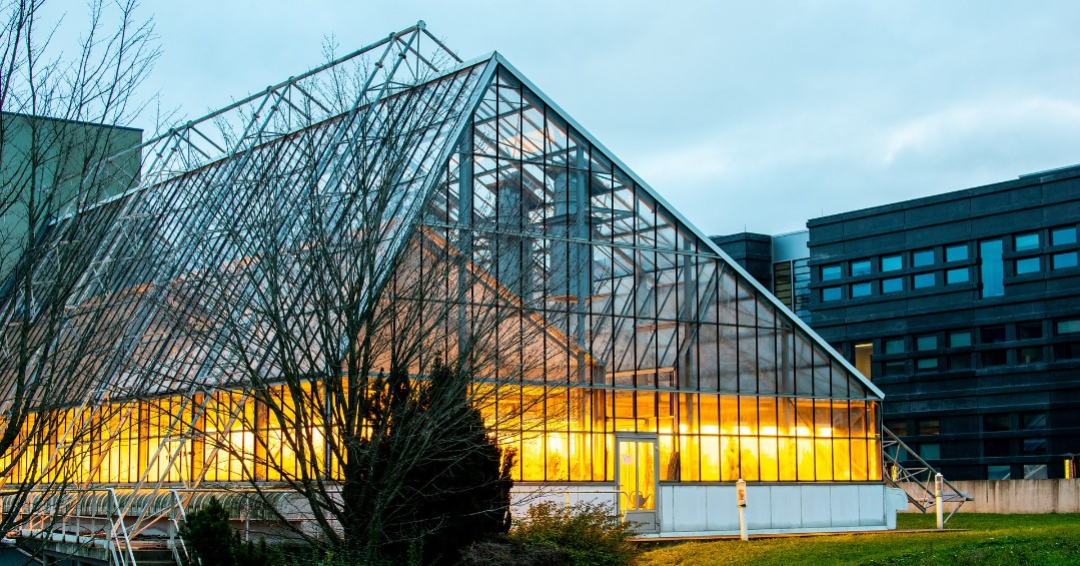Controlled-environment agriculture, such as illuminated greenhouses or plant factories, has gained rapid adoption in many countries. This approach allows for year-round production of high-value specialty crops, offering benefits like repurposing urban space, reducing food miles, and providing local produce to city dwellers. However, a major challenge is the high monetary cost associated with providing artificial light, typically using red and blue LEDs. Energy costs alone can exceed 25% of the overall operational expenses.
Kevin M. Folta - Professor of Horticultural Sciences and Plant Molecular and Cellular Biology, University of Florida and his colleagues conducted an experiment where they applied the normal amount of light in total to growing plants in a controlled environment, but broke it up into different chunks of time.
Kale, turnip, and beet seedlings grow well and develop normally when exposed to a 12-hour light, 12-hour dark cycle for four days. They accumulate pigments and experience healthy growth. However, when the frequency of light-dark cycles was reduced to 6 hours, 3 hours, 1 hour, or 30 minutes, the plants did not respond well. Despite receiving the same amount of light overall, the seedlings reacted negatively to the treatment of light delivered in smaller time chunks.
However, when light was applied in extremely short bursts of five seconds on/off cycles, an interesting phenomenon occurred. Plants grown under these rapid cycles showed similarities to those grown under a normal light/dark period.
After activating photosynthesis and biological processes with a five-second burst of light, they experimented with extended dark periods of 10 or 20 seconds. Surprisingly, the seedlings grew just as well during these longer dark periods as they did when the light and dark periods were equal. This discovery suggests that implementing similar light-dark cycles on a larger scale in indoor farming could result in significant energy savings, potentially reaching at least 30% and potentially even more.
Professor Folta and his team believe that this breakthrough could not only drive new business opportunities but also contribute to feeding more people while minimizing environmental impact.
Source: universal-sci.com

